Walking past a newsstand is like flipping through the pages of contemporary culture without ever touching a cover. The carefully arranged stacks, the bold typography screaming for attention, the fleeting glimpses of glossy covers—each element tells a story beyond the content inside. Newsstands are more than just points of sale; they are visual archives of our collective consciousness, where politics, fashion, scandal, and art collide in a carefully curated chaos.
The newsstand as a cultural artifact has evolved alongside urban life, serving as both mirror and catalyst for societal trends. In an age where digital media dominates, these physical displays retain an almost nostalgic power. The way magazines are stacked—some fanned out, others piled high—creates a rhythm that mirrors the pulse of the city around them. A passerby might catch a flash of celebrity teeth on one cover, a stark political headline on another, before the momentum of foot traffic carries them away. This transient interaction is part of what makes the newsstand window so compelling; it’s a dialogue between the static and the fleeting.
What’s fascinating is how these displays function as unintentional installations. No single designer orchestrates the final composition, yet the result often feels deliberate. The frayed edges of well-thumbed issues blend with the crispness of new arrivals. Colors clash or harmonize depending on the day’s inventory. A fashion magazine’s gold foil might catch the afternoon light just as a tabloid’s lurid headline demands shade. This organic visual tension turns every newsstand into a living gallery, with the shopkeeper as its unwitting curator.
Seasonal shifts are particularly revealing. Summer brings swimsuit editions and travel guides, their covers drenched in blues and yellows that seem to emit heat. Come autumn, the palette deepens—literary journals with moody covers share space with back-to-school specials. Holiday issues arrive like gifts, wrapped in metallic inks and embossed lettering. These cyclical changes create a visual calendar that many urban dwellers absorb subconsciously, marking time through peripheral glimpses rather than deliberate observation.
The psychology behind the stacks is equally intriguing. Placement is everything—the prime real estate at eye level versus the overlooked corners. Some publications fight for visibility by increasing their size, resulting in those absurdly oversized special editions that dwarf their neighbors. Others rely on shock value, pushing boundaries of taste to grab attention. Then there are the niche magazines that seem to hide in plain sight, their subtle covers acting as quiet signals to those in the know. This hierarchy creates a silent competition where only the visually fittest survive.
In many cities, newsstands have become landmarks of familiarity in changing neighborhoods. The same vendor might oversee a particular corner for decades, their selection evolving with the times while maintaining certain constants. Regular customers develop relationships not just with the proprietor but with the visual landscape of the display itself—noticing when a favorite title moves spots or when an unfamiliar newcomer appears. In this way, the newsstand functions as a kind of communal bookshelf, its contents reflecting both personal tastes and broader cultural currents.
The tactile nature of these displays also matters. Unlike algorithmically generated digital feeds, magazine stacks have weight, texture, even smell. The slightly sticky film on week-old glossies, the rough pulp of indie zines, the satisfying heft of a thick quarterly—these sensory details create connections that pixels can’t replicate. When a customer flips through a physical magazine at the stand, they’re participating in a ritual that predates the internet by centuries, one that satisfies a deeply human need to handle information literally, not just virtually.
Perhaps most importantly, newsstand windows represent the last bastion of serendipitous discovery in an era of personalized content. Online, we see what the machines think we want. But at the newsstand, a poetry journal might catch your eye just because it was placed next to your usual tech purchase. A political magazine from another country could spark curiosity simply due to its unfamiliar design language. These chance encounters with ideas outside our filter bubbles are becoming increasingly rare—and increasingly precious.
As more newsstands disappear from city streets, replaced by digital alternatives or lost to rising rents, we’re not just losing retail outlets. We’re losing spontaneous classrooms of visual literacy, public spaces where culture physically stacks up waiting to be browsed. The next time you pass a magazine display, slow down. That window is offering you more than reading material—it’s presenting an accidental masterpiece of everyday life, one that reorganizes itself daily without fanfare or pretension. In its humble way, the newsstand remains one of our most honest cultural barometers.
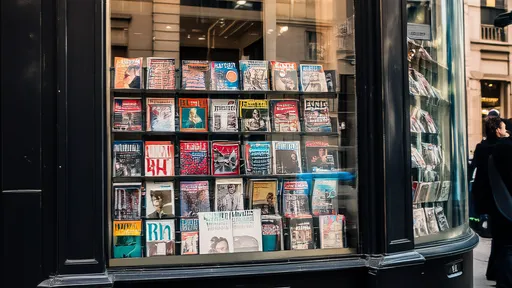
By /Aug 8, 2025

By /Aug 8, 2025
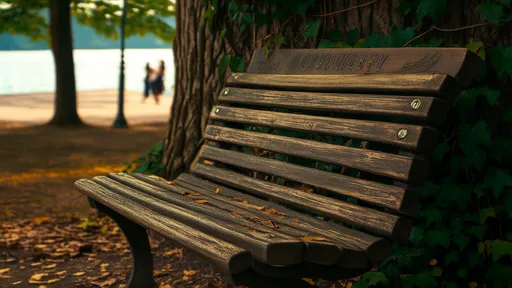
By /Aug 8, 2025

By /Aug 8, 2025

By /Aug 8, 2025
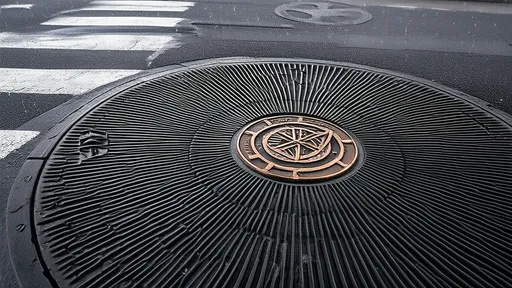
By /Aug 8, 2025

By /Aug 8, 2025

By /Aug 8, 2025

By /Aug 8, 2025

By /Aug 8, 2025

By /Aug 8, 2025
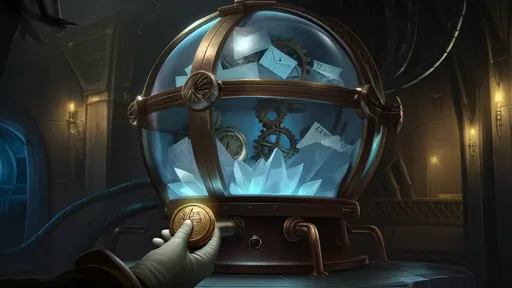
By /Aug 8, 2025

By /Aug 8, 2025
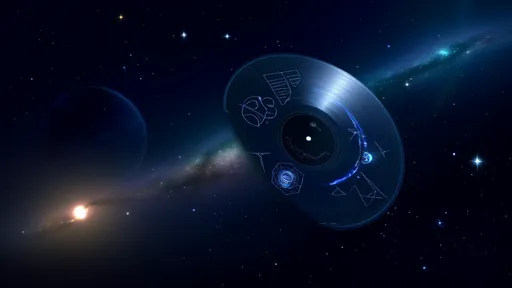
By /Aug 8, 2025

By /Aug 8, 2025

By /Aug 8, 2025
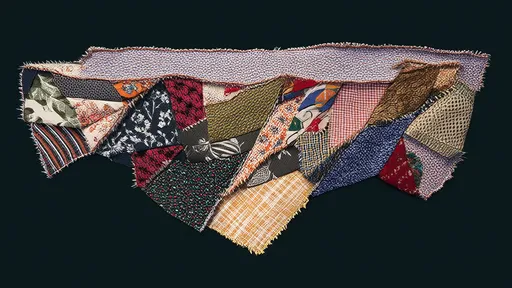
By /Aug 8, 2025

By /Aug 8, 2025

By /Aug 8, 2025

By /Aug 8, 2025